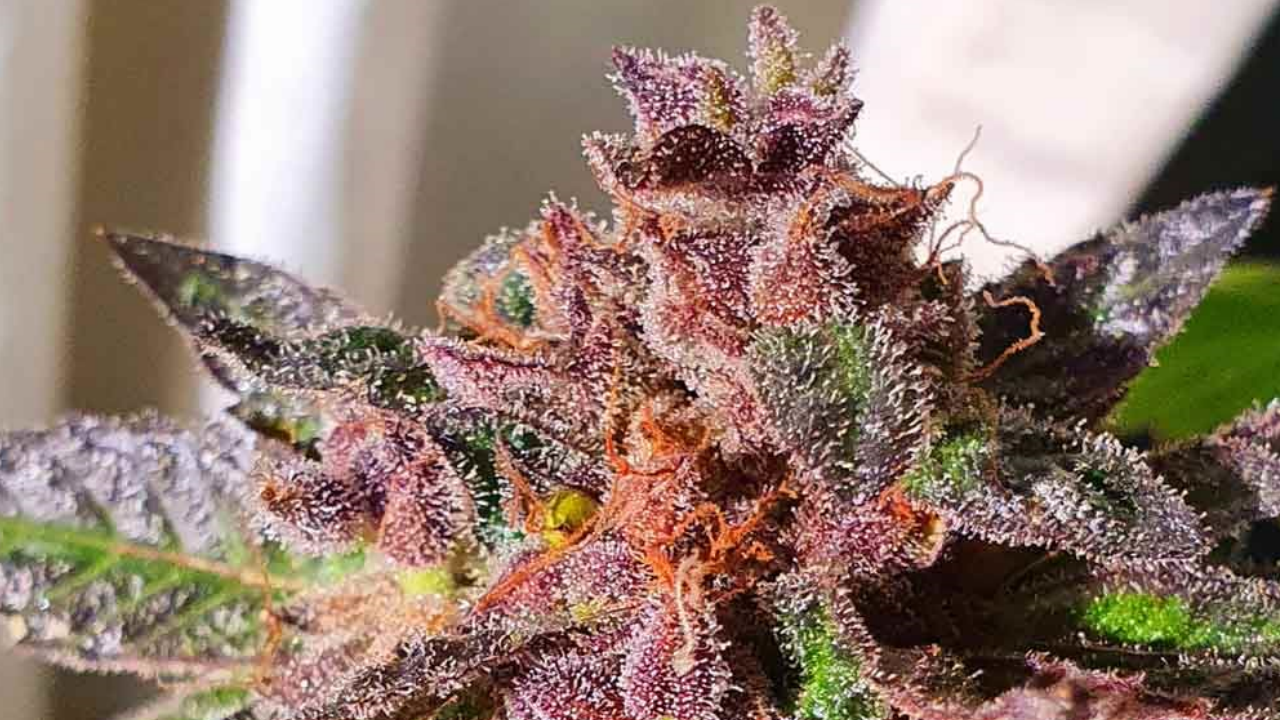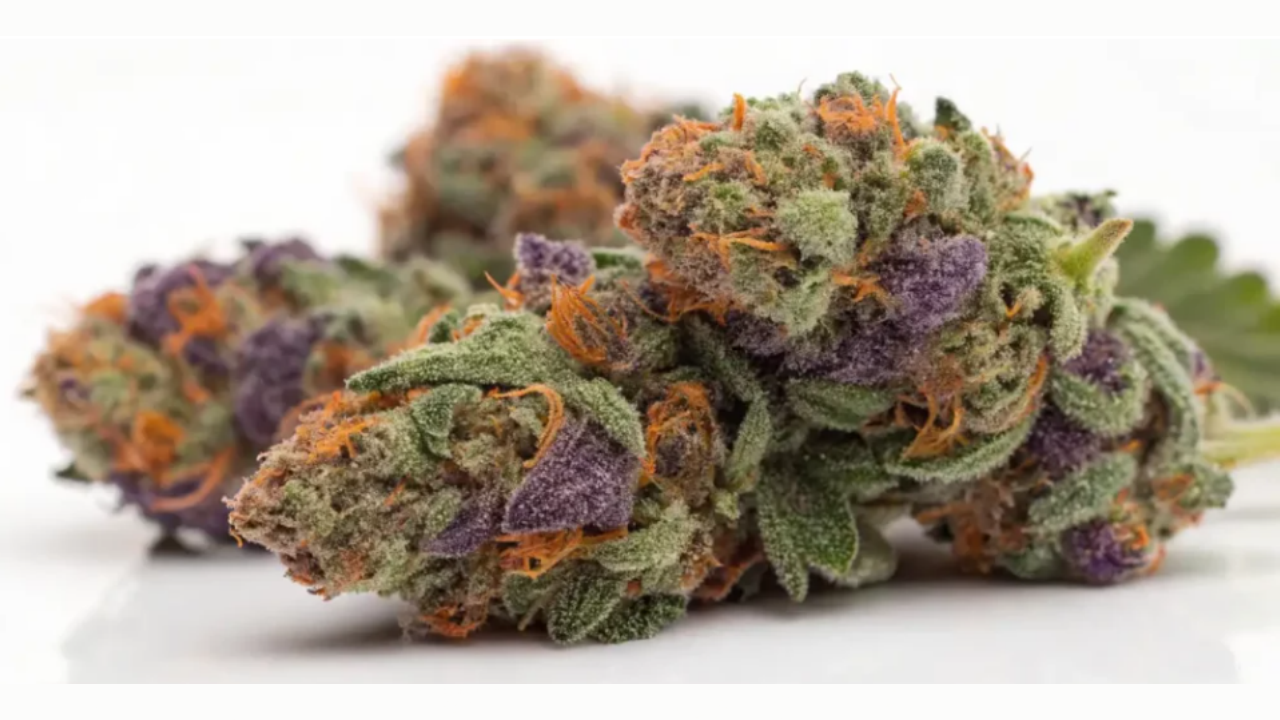The Most Important Factor Determining Cannabis Potency: Genetics, Environment, Nutrients, or Curing?
Cannabis potency is a major point of interest for both consumers and cultivators, as it directly impacts the effects and overall quality of the product. Potency is largely measured by the concentration of cannabinoids, primarily tetrahydrocannabinol (THC), which is responsible for the plant’s psychoactive effects. However, determining what factor contributes most to cannabis potency is a complex equation involving genetics, environmental conditions, nutrient management, and post-harvest curing. While all of these variables play a role, genetics is the single most important factor in determining the baseline potential for potency. However, environmental factors, nutrients, and proper curing are essential for unlocking and preserving the full potency potential of a particular strain.
The Dominant Role of Genetics in Cannabis Potency
The genetic blueprint of a cannabis plant dictates its potential for potency. Cannabis genetics determine the plant’s chemotype—its natural chemical composition, including the ratio of cannabinoids (THC, CBD, CBG, etc.) and terpenes it can produce.
- THC and CBD content: Some strains are genetically predisposed to produce high THC levels, while others are naturally CBD-dominant or balanced hybrids. For example, strains like Ghost Train Haze or Bruce Banner are renowned for their high THC potential, sometimes exceeding 25-30%. Conversely, CBD-rich strains like Charlotte’s Web produce minimal THC regardless of the environment or cultivation techniques.
- Terpene profile: Genetics also dictate the plant’s terpene composition, which can enhance or modify the psychoactive effects through the entourage effect. Strains with genetically superior terpene profiles can provide more pronounced and diverse experiences.
- Trichome density: The plant’s genetics also influence the density and quality of trichomes, the resin glands where cannabinoids and terpenes are produced. Strains with naturally heavy trichome production tend to have higher potency.
Without the proper genetics, no amount of perfect growing conditions, nutrients, or curing techniques can push a low-THC strain to produce high potency. Genetics are the foundation for how potent the final product can become.
The Environment: Unlocking Genetic Potential
While genetics establish the baseline, the growing environment is crucial for allowing the plant to reach its full potency. Even the most powerful genetics will underperform in suboptimal conditions.
- Lighting: Proper light intensity and spectrum directly influence cannabinoid production. Cannabis grown under high-intensity LED or HPS lights typically produces higher THC levels compared to plants grown under insufficient lighting. Light stress, if applied correctly, can even enhance trichome production.
- Temperature and humidity: Fluctuations in temperature and humidity levels affect cannabinoid and terpene synthesis. Plants thrive in a specific range—generally 68-77°F (20-25°C) during flowering—with moderate humidity. Excessive heat can degrade THC, while too much moisture encourages mold growth, compromising potency.
- Airflow and CO2 levels: Increasing CO2 levels during the flowering stage boosts photosynthesis, allowing the plant to grow larger and potentially produce more potent buds.
While environment cannot enhance the genetic maximum potency, it is essential for allowing the plant to express its full potential.
Nutrients and Feeding: Fueling Potency
Nutrient management plays a significant role in maximizing cannabinoid and terpene production. Cannabis requires specific nutrients during each stage of growth:
- Nitrogen (N): Essential during the vegetative stage, nitrogen promotes leafy growth. However, excess nitrogen during flowering can reduce potency by encouraging foliage development over bud production.
- Phosphorus (P) and Potassium (K): During flowering, higher phosphorus and potassium levels promote bud development and trichome production, which directly influences potency.
- Micronutrients: Nutrients such as calcium, magnesium, and sulfur support overall plant health, ensuring the plant can efficiently produce cannabinoids and terpenes.
Although nutrients optimize growth and health, they cannot push potency beyond the plant’s genetic limit.
The Art of Curing: Preserving and Enhancing Potency
Post-harvest techniques, particularly drying and curing, play a vital role in preserving the plant’s potency. Even perfectly grown cannabis with elite genetics can lose its potency if improperly cured.
- Drying: Cannabis must be dried slowly (usually 7-14 days) in a climate-controlled environment with moderate humidity and temperature. This process prevents cannabinoid degradation.
- Curing: Proper curing involves sealing the dried buds in airtight containers and periodically “burping” them (opening the jars to release excess moisture). Curing for several weeks to months enhances potency by preserving cannabinoids and preventing THC degradation into CBN, a less psychoactive cannabinoid.
Cannabis that is improperly cured can lose both potency and terpene content, reducing its overall quality and effect.
The Symbiotic Relationship: Genetics + Environment + Nutrients + Curing
While genetics determine the potential potency, the environment, nutrients, and curing are essential for maximizing the plant’s expression of that potential. Even top-tier genetics will produce weak cannabis if grown in poor conditions or improperly cured. Conversely, flawless growing conditions and nutrient management cannot make a low-THC strain suddenly high in potency.
Genetics Is the Key Determinant
Ultimately, genetics is the most important factor in determining cannabis potency. It sets the upper limit of THC, CBD, and terpene production. However, to achieve the maximum potency of any strain, the plant requires the right environment, nutrients, and expert curing techniques. Skilled growers understand that while they cannot change the plant’s genetics, they can optimize every other factor to bring out the best in the plant, resulting in potent, flavorful, and high-quality cannabis.
Sid Prince
Photo credit: https://www.greenhousegrower.com/crops/8-factors-affecting-the-thc-potency-of-your-cannabis-flowers/






